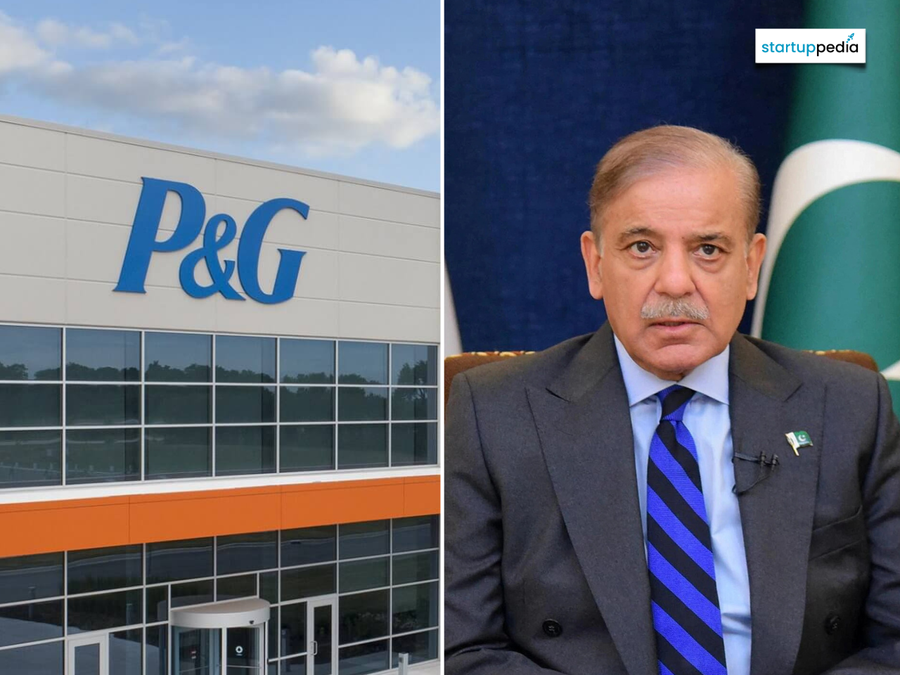Warning: Is the Stock Market on the Brink of a Massive Bubble?

Imagine a world where the stock market is more than twice the size of the economy it represents. Sounds unreal, right? But this is the alarming reality reflected by a stock market metric named after the legendary investor Warren Buffett, known as the Buffett Indicator, which just hit a staggering 217 percent. This means that the market is more than double the value of what the US economy produces in a year, and that’s raising serious concerns among investors.
So what does this mean for your investments? Warren Buffett himself has suggested that a ratio of around 100 percent indicates fair value, suggesting that anything above that can point toward overvaluation. As the market climbs to unprecedented levels, many see the potential for a bubble, reminiscent of the dot-com crash in the early 2000s, when investors experienced a harsh wake-up call.
Currently, while the US economy is growing, it’s doing so at a modest pace. Recent figures show that the gross domestic product (GDP) grew at 3.8 percent from April to June, recovering from a slight contraction of 0.6 percent in the previous quarter. However, the central bank chairman Jerome Powell has predicted a slowdown, projecting GDP growth to fall to around 1.8 percent by the year's end.
Meanwhile, Wall Street has been riding high on the back of significant gains in major tech companies. For instance, in July, chipmaker Nvidia became the first company in history to reach a $4 trillion valuation, followed closely by Microsoft. These companies dominate the AI race, and their skyrocketing stock prices are fueling investor optimism.
However, this unchecked enthusiasm isn’t without its skeptics. JPMorgan CEO Jamie Dimon often voices his concerns about inflated stock prices and the concentration of investment among the largest US companies. He suggests that excessive optimism, particularly in AI-driven firms, could lead to a market crash similar to what we saw in the early 2000s.
In fact, the tech-heavy Nasdaq has reached multiple record highs, reflecting a market dynamic that echoes the period leading up to the dot-com bubble when the market-to-GDP ratio peaked at 175 percent in March 2000. Back then, investors poured unprecedented amounts of money into Wall Street, hoping to ride the wave of a burgeoning internet economy. However, by 2002, reality set in, and the market crashed, entering a bear market phase.
Matthew Malgari, an economic researcher at Kailash Capital Research, emphasizes that for valuations to be justified, there must be real economic profits backing them. As he warns, 'The data is unforgiving.' In this AI generated newscast about the state of our economy, it’s clear that while optimism reigns, caution may be the more prudent approach.
























